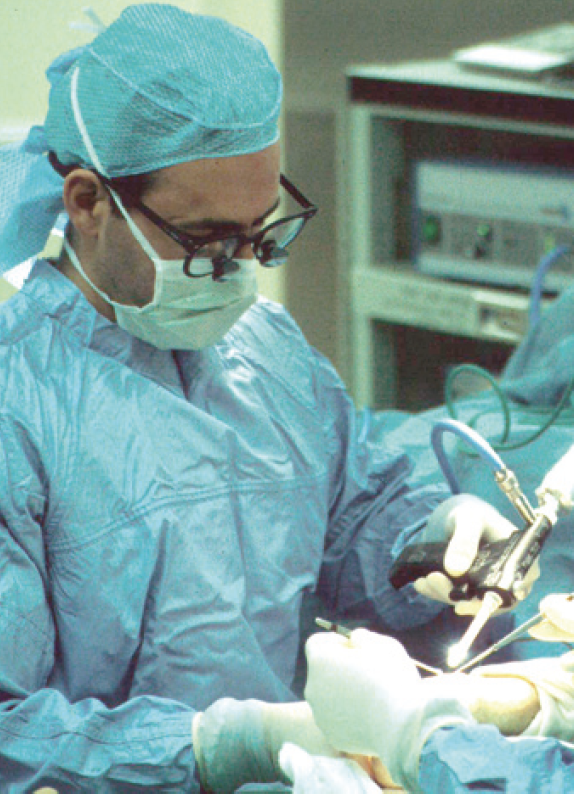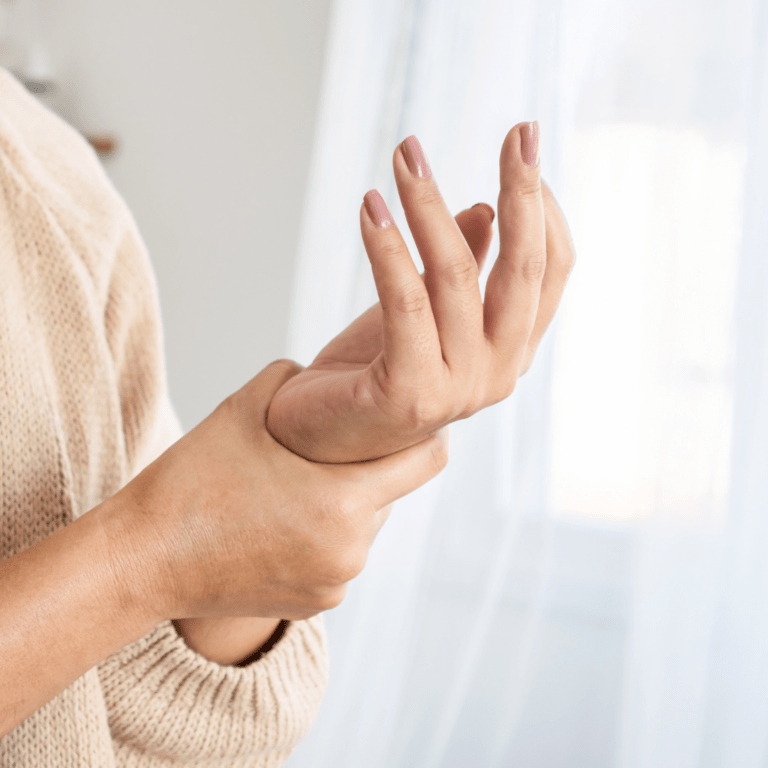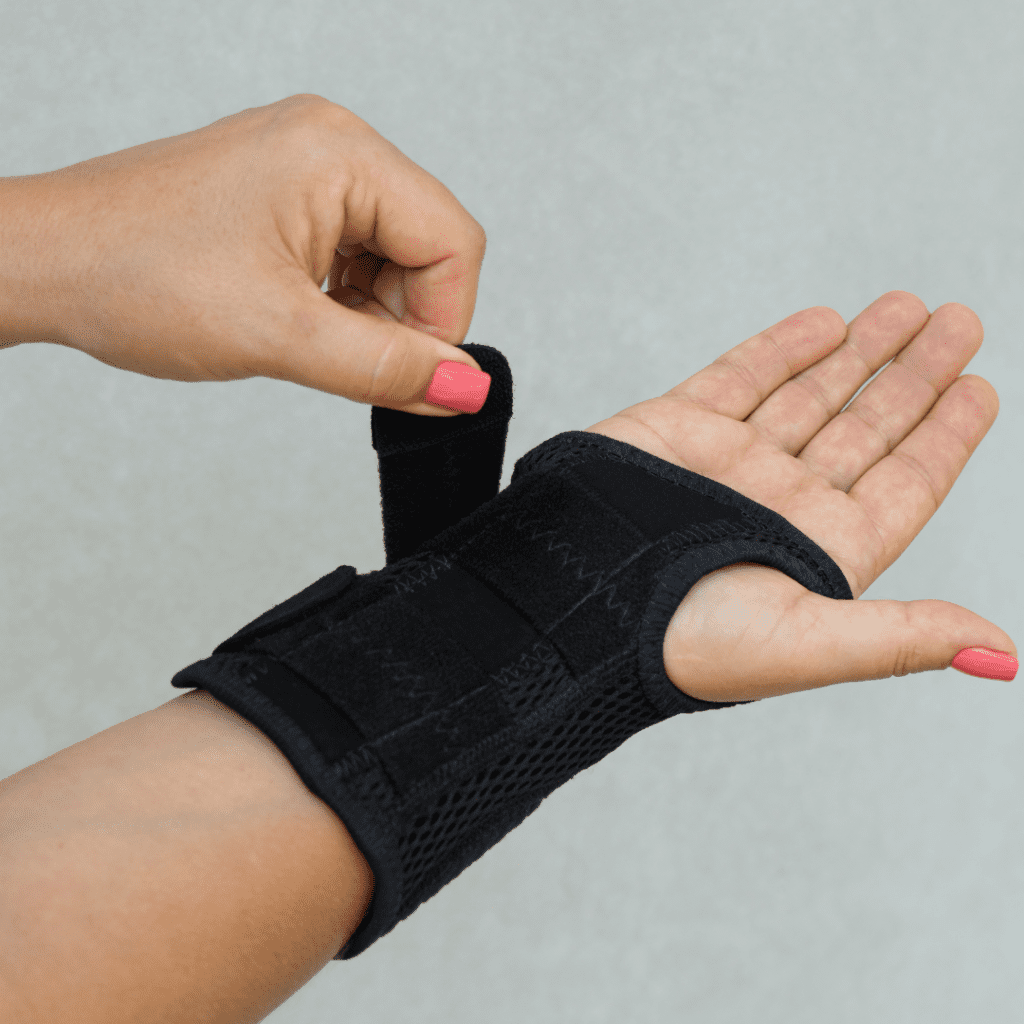Carpal tunnel syndrome is a common, but misunderstood condition.

The media has branded CTS as an occupational disease
Workers have linked the pain in their hands to repetitive activities such as typing or assembly work. Despite popular opinion, using a keyboard does not cause this condition. However, if one has a predisposition to this condition, repetitive activity such as typing can aggravate it.
Carpal Tunnel Syndrome simply means that there is a compression of the median nerve in the hand. This nerve sits inside a tunnel in the hand, of which the floor and walls consist of bones known as carpal bones.
Besides the nerve, there are nine tendons that run through the canal that flex the fingers and thumb. When the lining around these tendons becomes inflamed, there is less space for the nerve and it becomes compressed. This compression of the median nerve leads to the symptoms of CTS.
The most frequently reported symptoms of Carpal tunnel syndrome are nighttime numbness and tingling in the hand. There can also be pain and weakness in the hand, particularly in the thumb. If these symptoms are allowed to progress untreated, they can lead to atrophy of the muscles in the base of the thumb.
There are also complicated hormonal changes that can lead to increased nighttime fluid retention. As a remedy to this, some researchers recommend high doses of Vitamin B-6 as a diuretic to decrease the fluid in the carpal canal, leading to the relief of symptoms. If the compression is severe and the patient does not respond to conservative treatment, the next step is surgery.
Diagnosis of Carpal Tunnel Syndrome
Besides the physical symptoms of CTS, the diagnosis is easily confirmed by a simple nerve conduction study. This study, which measures the velocity and the latency of the nerve impulse across the median nerve at the wrist, will show the physician if there is a compression of the median nerve. CTS most commonly occurs in middle-aged women, often perimenopausal, or in women who are in the third trimester of pregnancy. It can also be caused by chronic conditions such as diabetes, gout or thyroid disease. It often coincides with related conditions such as tendonitis in the fingers, (trigger finger) or tendonitis in the wrist. DeQuervain’s tendonitis, for example, leads to pain in the wrist at the base of the thumb.
Treatment of Carpal Tunnel Syndrome
The treatment for CTS is directed at decreasing the inflammation of the tendons. Injections of steroids, such as cortisone, can lead to a decrease in the swelling. This will allow the median nerve more room in the carpal tunnel and relieve the pain. The most common treatment, without the use of drugs or injections, is a night splint. This splint prevents the patient from flexing their wrist at night, which often occurs during dreaming. This relieves some of the pressure within the canal. Symptoms are usually magnified at night because the position of the hand is at the same level of the heart, which leads to pooling of the fluid in the soft tissues within the canal.
Click the PDF for the complete article









